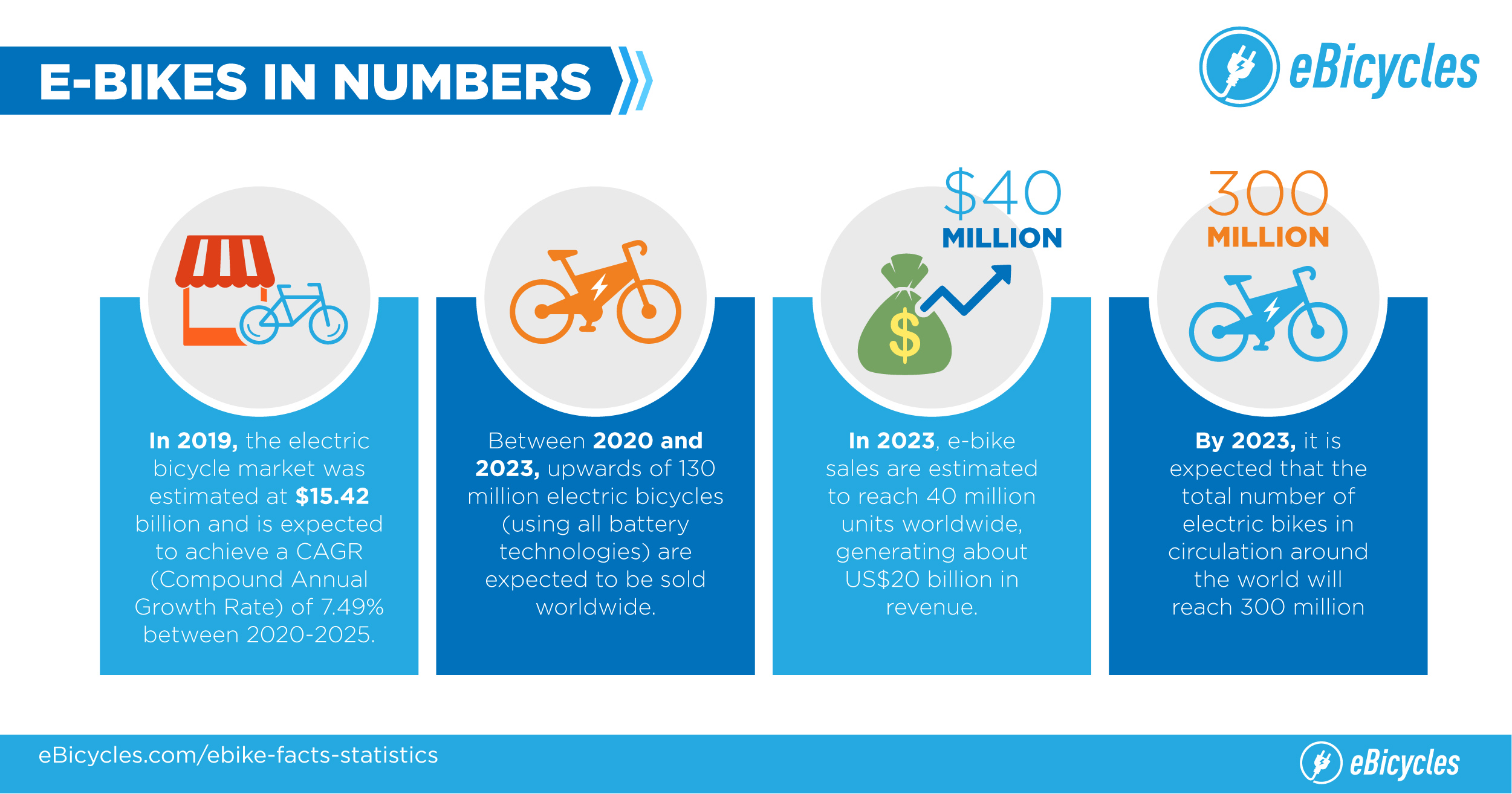Discover The Lawful Standards In Your Area To Advertise Secure And Accountable E-Bike Riding
Discover The Lawful Standards In Your Area To Advertise Secure And Accountable E-Bike Riding
Blog Article
Web Content Author-Lynch Salomonsen
Prior to you hop on your e-bike and hit the streets, it's critical to understand the regulations and regulations that regulate your city. From speed limits to assigned riding locations, there's a great deal to think about to guarantee you're certified and safe. By acquainting on your own with the rules particular to e-bikes, you'll be much better outfitted to appreciate your trips with no unforeseen lawful issues. Remain tuned to find key insights that will help you navigate the e-bike landscape in your city effortlessly.
Understanding E-Bike Classification
When it comes to navigating the world of e-bike legislations and policies, a crucial starting point is recognizing the classification system that classifies these electric bikes. E-bikes are typically categorized into three main classifications: Course 1, Course 2, and Course 3.
Class 1 e-bikes are pedal-assist only, suggesting they offer assistance while the biker is pedaling and have a maximum speed of 20 miles per hour. These bikes are allowed locations where conventional bicycles are permitted.
Course 2 e-bikes are equipped with a throttle that can drive the bike without pedaling. They also have a maximum speed of 20 miles per hour and appropriate for cyclists who might need assistance without pedaling constantly.
Course 3 e-bikes resemble Course 1 however with a greater maximum speed of 28 mph. These bikes are commonly restricted from certain bike paths or routes due to their higher rates.
Understanding these categories is necessary for following regional policies and guaranteeing a safe and enjoyable e-biking experience.
Navigating Rate Restrictions and Restrictions
To successfully browse e-bike laws and laws, it's vital to understand the speed limitations and restrictions that put on different courses of electric bikes.
Speed restrictions for e-bikes vary depending on the category of the bike. Class 1 e-bikes, which are pedal-assist only and have a maximum speed of 20 miles per hour, are usually enabled on bike lanes and courses.
https://fat-bike-ebike21975.techionblog.com/32230156/leverage-the-quiet-power-of-electrical-bikes-for-a-greener-smoother-commute-through-busy-cities -bikes, which have a throttle along with pedal-assist and likewise get to rates of as much as 20 miles per hour, might be restricted in certain areas where motorized vehicles aren't allowed.
Class 3 e-bikes, with pedal-assist up to 28 miles per hour, are usually needed to follow the exact same guidelines as traditional bikes.
It is necessary to abide by these speed restrictions and restrictions to guarantee your security and the safety of others when driving. Before riding your e-bike, familiarize yourself with the particular guidelines in your city to avoid any possible penalties or legal concerns.
Where to Adventure Your E-Bike
To identify where you can ride your e-bike, it's necessary to recognize the policies and guidelines particular to your location. In a lot of areas, e-bikes are usually enabled on roads and roads where traditional bicycles are allowed. https://ebiketips.road.cc/content/news/e-bikes-banned-from-all-government-buildings-due-to-perceived-fire-risk-5577 may include bike lanes, bike paths, and shared highways. Nonetheless, it's essential to check local regulations as some cities may have particular constraints on where e-bikes can be ridden.
When riding your e-bike, always focus on safety and security by complying with traffic regulations and valuing pedestrian walkways. Furthermore, be mindful of any type of designated bike lanes or paths in your location and use them whenever feasible to ensure a smoother and safer experience.
Some cities also have regulations relating to e-bike use on walkways, so ensure to familiarize on your own with these regulations to stay clear of any penalties or fines.
Verdict
Since you know with the laws and laws surrounding e-bikes in your city, you can with confidence hit the road understanding where you can ride and what restrictions put on your e-bike classification. Remember to constantly focus on safety and adhere to the rules to guarantee a smooth and legal ride. Delighted riding!
